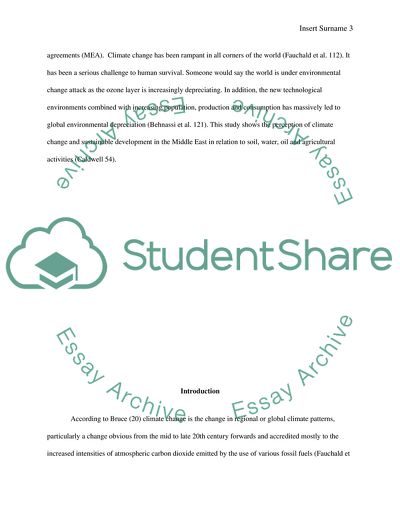Cite this document
(Climate Change and Sustainable Development in the Middle East Term Paper, n.d.)
Climate Change and Sustainable Development in the Middle East Term Paper. https://studentshare.org/environmental-studies/1845867-climate-hange-and-sustanibal-develompent-in-the-middle-east
Climate Change and Sustainable Development in the Middle East Term Paper. https://studentshare.org/environmental-studies/1845867-climate-hange-and-sustanibal-develompent-in-the-middle-east
(Climate Change and Sustainable Development in the Middle East Term Paper)
Climate Change and Sustainable Development in the Middle East Term Paper. https://studentshare.org/environmental-studies/1845867-climate-hange-and-sustanibal-develompent-in-the-middle-east.
Climate Change and Sustainable Development in the Middle East Term Paper. https://studentshare.org/environmental-studies/1845867-climate-hange-and-sustanibal-develompent-in-the-middle-east.
“Climate Change and Sustainable Development in the Middle East Term Paper”. https://studentshare.org/environmental-studies/1845867-climate-hange-and-sustanibal-develompent-in-the-middle-east.


